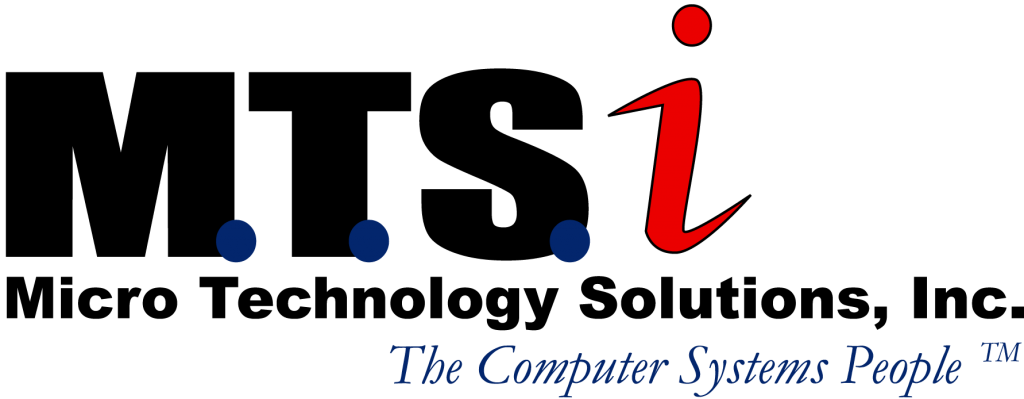Organizations today are caught between employees who want the freedom to work from home and customers who want immediate answers. With a traditional phone system, these two outcomes are completely at odds. The key to granting your team more freedom and delivering more immediate service to your customers lies in your communication system. Unified Communication Systems provide anywhere access to calls, team chat, video conferencing, text messaging and more. These systems improve the coordination and communication within your team and enable them to reach customers in new ways, providing more effective service and support from anywhere.
1. Presence Indicator – It’s critical for anyone managing incoming calls to know who is available to handle a call, so they can assist customers quickly. One of the key concerns with remote work is not being able to see the team to know where they are and what they are doing. With a soft phone or a multi-line handset, your team can know at a glance who is on the phone and who is ready to help just by looking at their device, whether the team is in the office down the hall, on their couch wearing pajamas, or sitting on a beach.
2. Forwarding – Today’s sales and service teams are on the move, whether that is visiting clients, working from home, or just moving about the office. Unified communications can instantly reach up to five devices per user, making it easier than ever to connect and answer that client request when it comes in.
3. Team Chat – When teams are all in the same room, a lot gets accomplished by tapping a neighbor on the shoulder or talking over a cubicle wall. With team chat, any member of your team can reach anyone else with just a few clicks. Response time is instant, allowing your team to get questions answered while they are still talking to a customer or supplier. Team chat will help your team get the answers they need to resolve problems, place orders, and close sales.
4. Team SMS with customer – Customers today are looking for instant response and they don’t want to repeat themselves over and over when they are transferred from one agent to another. With team SMS, your customer service or sales team can send text messages to customer cell phones via a friendly chat interface. Agents can easily see the entire conversation with the customer, so multiple agents can respond to the same customer at different points in time, allowing the customer to come back to the conversation on their timeframe and allowing your agents to seamlessly work with multiple customers at the same time.
5. Listen – One of the keys to managing a sales room is excellent hearing. A call center sales manager can hear what agents are saying to customers and use what they hear to help coach team members. The Listen feature allows a sales manager to listen to both sides of a phone conversation between an agent and customer, so they can provide feedback to help the agent later or in real time via chat or other advanced Unified Communications features.
6. Barge – Sometimes a manager listening in comes upon a call where a customer is upset or the call is otherwise going in the wrong direction. An agent could also summon help via chat while the call is in progress. The barge feature allows the manager to come to the rescue, taking over the call and speaking with both agent and customer, or locking the agent out of the call altogether so they can settle the issue with the customer.
7. Whisper – Another great call center management tool, the whisper feature allows a manager to get on the line and hear the customer and the agent, but to give coaching that only the agent can hear, to help them successfully complete the call on their own.
8. Call Recording – Being able to replay a call with an agent can be helpful in a number of ways. Call recordings allow a manager and agent to listen to a call together and talk about what went well and what didn’t. This is an invaluable coaching and performance management tool. Call recording is also excellent documentation of agreements and requests made by a customer to an agent. Oftentimes a call recording can help repair a relationship with a customer who remembers a call differently than the agent. It can also reinforce the company’s claims in the event of a dispute.
9. Call Metrics – Call metrics provide a higher-level perspective on overall team performance and can help managers determine where to spend their time coaching. A salesperson who has long conversations, but few sales, probably needs help overcoming objections and closing, while another salesperson with lots of shorter calls, probably needs help with their pitch. Metrics can also be invaluable in measuring productivity. Call metrics used in combination with the Listen feature and Call Recording are a very powerful tool.
10. Team Conferencing – One of the key concerns about remote work is that it takes away from impromptu conversations around the office where skills are learned and problems are solved. With Team Conferencing, team members can instantly create a conference and come together to tackle an issue or share a key learning. Team conferencing can go well beyond the traditional water cooler conversations because it isn’t bound by geography. Teammates from across the country or around the world can come together anytime.
Taken together, the tools in a Unified Communications system can supercharge productivity.
MTSi has implemented on premises and cloud-hosted Unified Communication systems for companies in a variety of industries. We can expertly help you bring your team closer together whether they are in the office or scattered around the country. Reach out to [email protected] to learn more.

